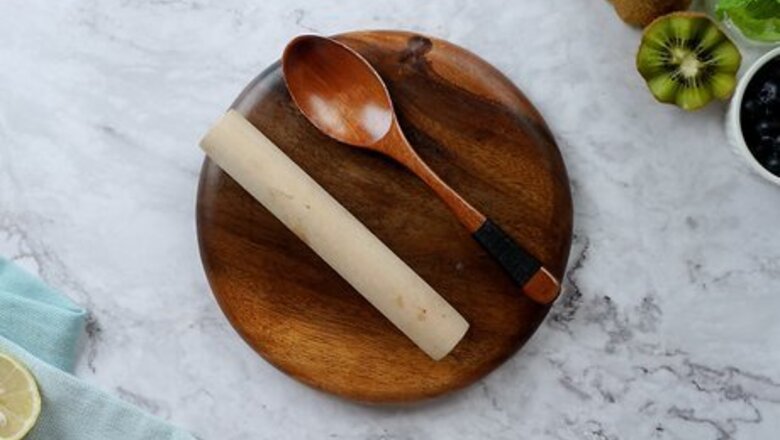
views
Muddling Mint and Other Soft Herbs
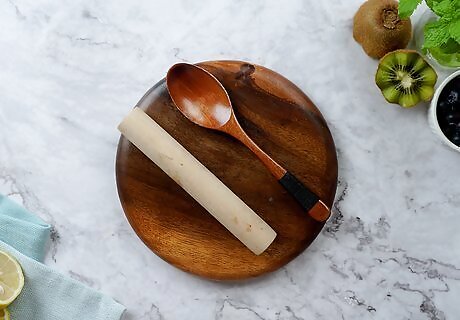
Choose a gentle muddling tool. A small, flat wooden tool is ideal, such as the end of a wooden spoon or a French rolling pin (without handles). Plastic or hard rubber tools will also work, but require a delicate touch. Avoid muddlers with teeth, since these tear up the leaves too much. A tough herb such as rosemary needs more breaking down. Follow the instructions for fruit instead. For instance, try using the wide, flat end of a wooden spoon. That will crush whatever you're muddling, without destroying it.
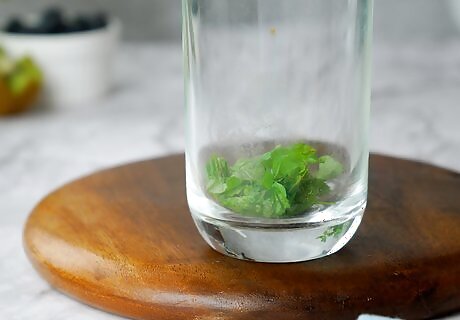
Put the ingredients in a sturdy glass. Do not muddle in a delicate glass that may chip or break when struck. If the cocktail also calls for fruit, cucumber, or other non-herb ingredients, muddle them separately for best results. Granulated sugar tears into the ingredients as you muddle. This can be overkill for soft herbs, so add it with the fruit instead, or dissolve it in a few drops of water and add it to the cocktail separately.
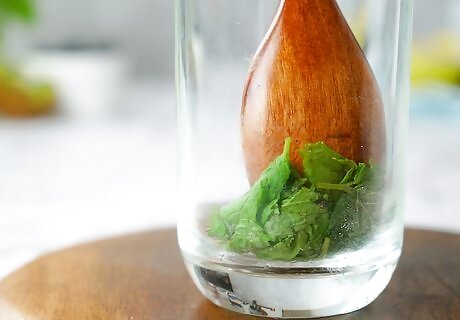
Press and twist lightly. Mint, basil, and other soft leaves release bitter flavors when crushed or torn apart. Just press down gently with the blunt tool while you twist your wrist, then release. Do this two or three times. Use your dominant hand to muddle while you hold the glass steady with your other hand. You only need to lightly bruise the leaves to release the oils and aroma.
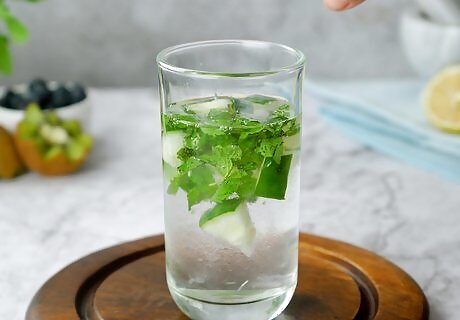
Finish the drink. The leaves are ready when lightly bruised, but still intact. You should be able to smell the herb, since the goal of muddling is to release flavorful, aromatic oils. You can leave the herbs in the final cocktail for presentation or strain them out, as desired.
Muddling Fruits and Vegetables
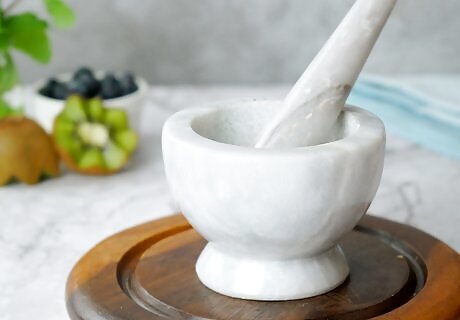
Choose a muddling tool. Citrus fruits, cucumbers, and other fruits and vegetables can take a fair amount of pressure. A broad muddler is a great choice, especially if it has teeth to break into the skin. You can also improvise with the back of a wooden spoon, a mortar and pestle, or any blunt instrument. Stainless steel or heavy plastic provide more heft than wood. Note that fruit juice will stain some plastics.
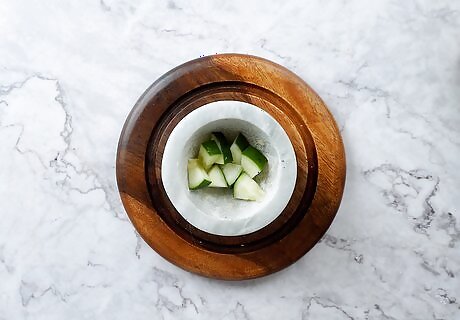
Add small pieces to a sturdy glass. Cut citrus fruit into wedges, and hard ingredients such as cucumbers into ¼ inch (6 mm) thick slices. Put these ingredients into a glass that you can press and grind without risk of chipping. If using a mortar and pestle, put the ingredients in the mortar bowl instead.
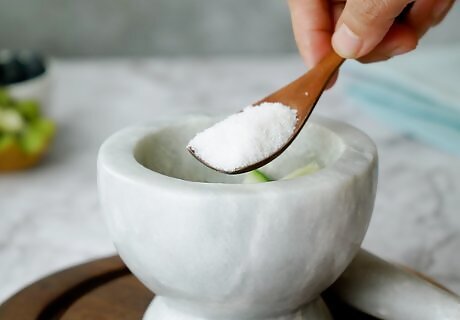
Add sugar if the recipe calls for it. If you are using granulated sugar instead of simple syrup, add it now. Sugar will dissolve in fruit juice more readily than in alcohol, so incorporating it at this stage can save your cocktail from a gritty fate.
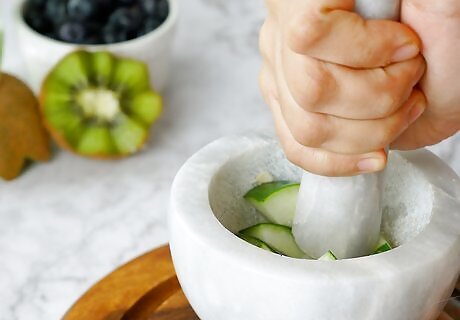
Press and twist. Hold the glass steady and cup the end of the muddler with your dominant hand. Press the tool down steadily onto the fruit rather than bashing the glass. Press hard and twist, then release and repeat. You can press against the sides or base of the glass. You'll want to muddle fruits and vegetables a little more aggressively than if you were working with herbs.
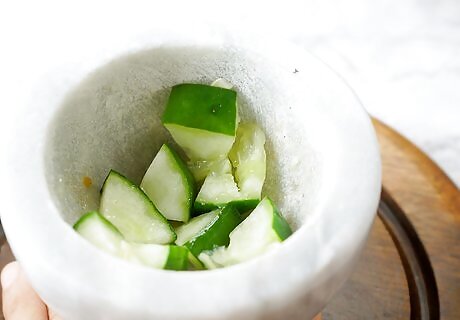
Muddle until the fruit or vegetable releases aroma and liquid. The goal of muddling is to break up the peel and flesh to release flavorful oils and juices. You can stop when you smell a strong scent and see the ingredients release liquid, or continue muddling to intensify the flavor. Citrus fruit can release plenty of bitter oils when muddled with prolonged force. This can work well in sugary drinks such as the caipirinha or mojito. Use a lighter touch when muddling for drinks with no added sugar. Cucumbers are ready after six or seven gentle presses. Press berries and other soft fruits until pulverized.




















Comments
0 comment